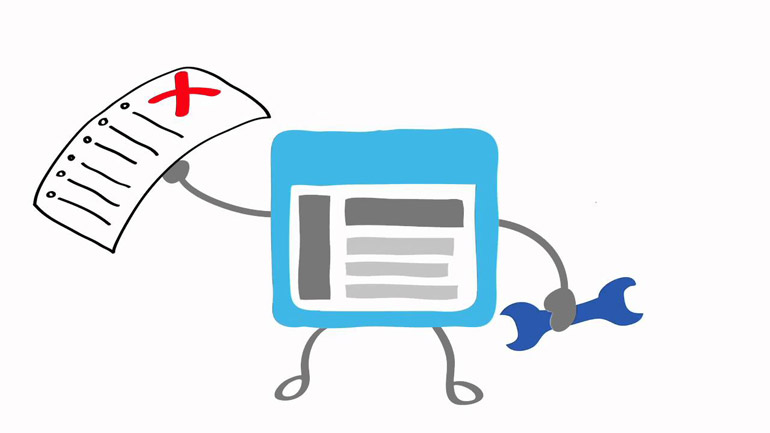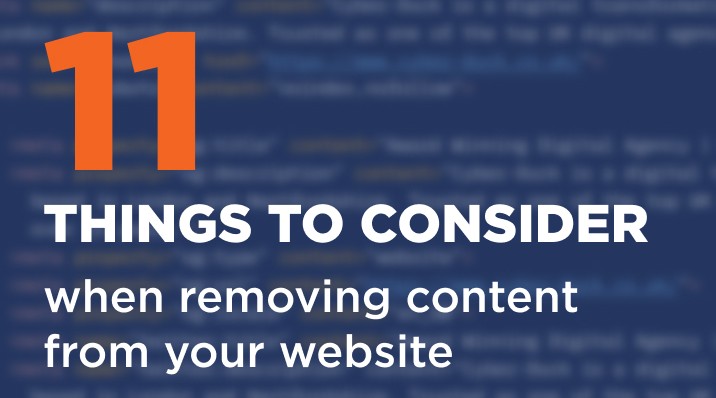Google’s head of Web Spam, Matt Cutts, announced this week that the world’s most widely used search engine is set to roll out the Penguin 2.0 algorithm update. Due “within the next few weeks”, the change is to penalise websites with poor quality backlinks. Cyber-Duck's Marketing Manager, Harry Clark, explains how to best prepare your website to avoid the penalties.
Matt Cutts posted on his blog and Twitter this week to leave a message which has shaken up many search engine optimisation (SEO) professionals, announcing the impending rollout of the Penguin 2.0 update. The update, dubbed as Penguin 4 by some, specifically reviews the backlink profile of your website and will penalise web domains that have a large array of low-quality inbound links.
“Building” links such as directory links, reciprocal links, sponsored posts, and paid links are fast becoming a past-time practice, replaced by effective content strategies and digital PR which draw organic links. However, those links which you created years ago are still linking to your website, and as such it is essential that your websites backlink profile is evaluated and that all low-quality links you used to build are removed.

Penguin 2.0 is the 4th algorithm update of its kind, although predicted to be the most significant.
What is a “low quality” link?
This is undoubtedly the first question on everyone’s minds. How do we know what Google deem as low quality and which links should we be getting rid of? Google has always been incredibly secretive over their algorithm, and never offer up any strict guidelines, however they have given hints and tips which have helped us identify bad backlinks.
One question you want to ask yourself when analysing your links, is whether the link sits naturally within the blog, website or domain it appears on? If someone is linking to your website as it provides some useful data, or you have a small bio at the bottom of your guest post articles with a link to your website, then this is fine and you should look to keep these links.
However, if in the past you've submitted to low-quality SEO directories, paid for links, invested in a reciprocal link or a link scheme, then the chances are these will be penalised. As I mentioned in my previous post, the main questions I would ask when determining whether a link is low quality is:
- Am I proud to talk about the article which contains the link?
- Does the website where the link is found have a large number of social shares?
- Does the website where the link is found, appear in front of a targeted audience?
- Does the link come from a credible or industry renowned resource?
If the answer to the majority is no, then I would suggest this needs removing.
Who can help?
Rest assured, there are already many tools out there that can help you identify and expel “bad” links. Firstly, I recommend you invest in some software which will help you to analyse your backlink profile. There are a variety of tools which can be used, including:
- Google Webmaster Tools
- Majestic SEO
- Open Site Explorer
- Link Detox
- Link Risk
I would recommend investing in at least 2 or 3 of these tools as it’s a good idea to get data from a range of sources. My personal recommendation from the list would be the Link Detox tool from Link Research Tools, as it quickly highlights a list of bad backlinks you can instantly start reviewing. You can actually use this feature for free with the free trial currently available from Link Research Tools, so why not give it a go?

Google Webmaster Tools is often the first place to go when monitoring backlinks.
Once you have backlink data from a range of sources, you will then need to remove the duplicate websites which appear and then get going with the task of analysing your links.
How do I remove these links?
There are three steps to the process of removing low-quality links from your website:
- Identify Links – As mentioned above you need to identify the links you want to remove. Then log them all into a spreadsheet that you can work from. You will then also need to go through all these websites and look for their contact details, so make sure you check their contact page, about page or footer for this information.
- Contact Webmasters – Next step is to start contacting the owners of these websites and asking them to remove your links. Create an email template and make sure you keep a record of all correspondence with these webmasters.
- Disavow your Links – In a lot of cases, you may find that you either can’t find contact information on the website or the web owner does not reply to your email. Google now gives you the ability to “disavow” the links which you can’t remove. You will need to demonstrate to Google your attempts to remove the link, which is why you need to keep all emails sent to webmasters to use as proof of your efforts. I have also seen on occasions that webmasters ask for money to remove your link. If this happens, in no circumstances should you pay up. As mentioned, we have the Disavow tool so if they won’t remove it for free, you can go directly to Google.
If you have already been penalised by Google, you can submit a reconsideration request asking them to manually review your website again as you have taken action to improve the search engine friendliness of the website. However, we only recommend you try this once you have spent some time and effort identifying why you have been penalised and making the necessary improvements.
Understand the risks
Finally, the last thing to remember when removing links is that it is all about calculating risk. Whether a link is deemed low quality or not is ultimately down to you and the last thing you want is to be removing perfectly good links to your website. This is just one of the hazards of being a webmaster. By keeping abreast of Google updates and popular SEO blogs, and with time it should become clear what constitutes a good or bad link.
If you would like to find out more about link building or talk to a professional about clearing out your bad backlinks, get in touch with the marketing team today.



